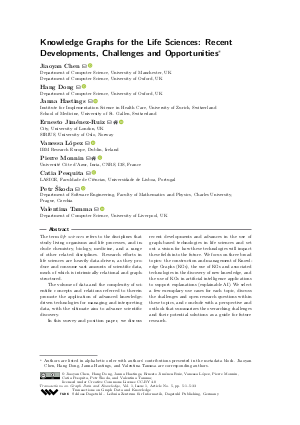TGDK.1.1.5.pdf
- Filesize: 0.97 MB
- 33 pages

 Creative Commons Attribution 4.0 International license
Creative Commons Attribution 4.0 International license






Feedback for Dagstuhl Publishing